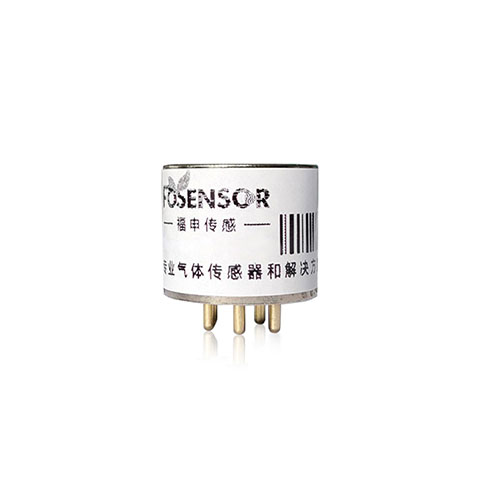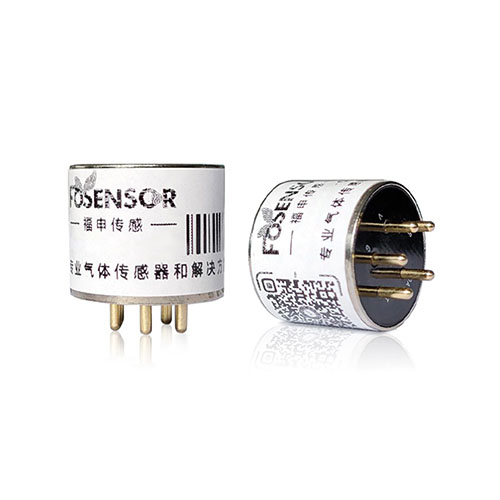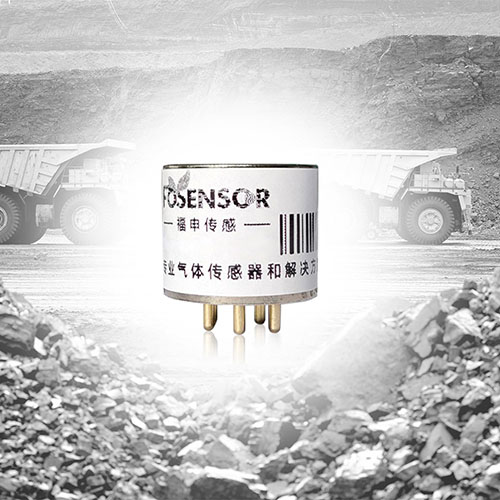PID sensor for voc detection
Regarding the monitoring and management of VOCs, national control is becoming increasingly strict. In recent years, my country has issued a series of monitoring standards and specifications in the field of VOCs monitoring, in which technologies such as gas chromatography, FID and PID are proposed to be the main methods for monitoring VOCs in ambient air and pollution sources. The pid sensor for voc detection can detect extremely low concentrations of volatile organic compounds – VOCs and other toxic gases. Its high sensitivity detection capability makes it play an important role in petroleum, petrochemical and environmental monitoring.
PID sensor detection
PID (Photo Ionization Detector) photo ion sensor PID uses ultraviolet light source to excite and ionize the measured gas to produce positive and negative ions. The current generated by these ionized particles is amplified by the detector, and the ppm level concentration can be displayed on the meter. These ions quickly recombine together after passing through the electrode and become the original organic molecules. There is no damage to the molecules during this process. PID will not “burn out” and there is no need to replace the standard gas frequently. In this way, the gas detected by PID can still be collected for further measurement.
PID detectors can detect hundreds of compounds, but the ionization energy of different compounds is different. The UV lamp of the PID detector needs to be selected based on the ionization energy of the target. The current commercial PID detector specifications are divided into 9.8eV, 10.6eV and 11.7eV, so compounds higher than 11.7eV cannot be detected by commercial PID.
Volatile organic compounds (VOCs) refer to various organic compounds with boiling points of 50 to 260°C at room temperature. The main forms are volatile and organic components. The main components include benzene series, organic chlorides, Freon series, organic ketones, amines, alcohols, ethers, esters, acids and petroleum hydrocarbon compounds.
VOCs are generated during people’s daily activities and corporate production processes. Daily life such as the volatilization of oil and gas in gas stations, the drying process of decoration paint, and daily disinfection with alcohol; the production process of enterprises has a large output, including spraying, printing, organic solvent cleaning operations, etc., and a large amount of volatile organic solvents are used.
Main indicators of PID sensor for voc detection
Gas concentration range
After determining the type of gas to be detected, it is also necessary to judge the concentration of the gas to be measured, which involves the gas concentration detection range of the PID sensor. Generally, there are corresponding products in a wide range from a few ppm to tens of thousands of ppm.
Detection resolution
The lowest gas concentration that the sensor can detect, the PID sensor has extremely high sensitivity. Generally, under relatively low range conditions, many products can reach the ppb level, and some products can reach or even lower than 1ppb.
Concentration linearity
PID sensors have good linearity and show linear changes in most measuring ranges. Most sensor products can achieve a correlation coefficient R2>0.95 in the measuring range below 5000ppm.
Signal repeatability
The signal after photoelectric conversion of the sensor needs to be output stably, and the smaller its absolute deviation, the better.
Response time T90
After the sensor encounters the reactive gas, it outputs an electrical signal through photoelectric conversion. T90 refers to the time it takes for the sensor to rise from a reading of 0 to 90% of the measured gas concentration in the environment.
Temperature and humidity drift
PID sensors will be affected by temperature and humidity and the output value will drift, which will affect the use of the product. Therefore, evaluating the impact of temperature and humidity on the sensor cannot be ignored.
Sensitivity attenuation
The UV lamp in the sensor itself has a certain service life. At the same time, environmental dust and other factors will cause the UV lamp to become dirty. Therefore, the performance of the PID sensor will decay over time. Excessive attenuation will cause inaccurate detection.
Application of PID sensor for voc detection
With the rapid development of the industrial economy, industrial pollution is increasing day by day, especially in chemical industry zones, industrial concentrated areas and surrounding environments. The environmental pollution load is gradually increasing, and occupational health hazards occur from time to time.
The detection of toxic gases plays a very important role in production processes involving toxic gases, chemical material leakage, industrial occupational hygiene, indoor air quality, environmental protection, confined space operations, and emergency accident detection.








